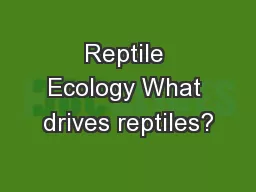PPT-Reptile Wild Discover Zone
Author : cady | Published Date : 2023-10-30
Summary Educators will lead observation and discussion about the different types orders of reptiles and what they have in common and also what makes them different
Presentation Embed Code
Download Presentation
Download Presentation The PPT/PDF document "Reptile Wild Discover Zone" is the property of its rightful owner. Permission is granted to download and print the materials on this website for personal, non-commercial use only, and to display it on your personal computer provided you do not modify the materials and that you retain all copyright notices contained in the materials. By downloading content from our website, you accept the terms of this agreement.
Reptile Wild Discover Zone: Transcript
Download Rules Of Document
"Reptile Wild Discover Zone"The content belongs to its owner. You may download and print it for personal use, without modification, and keep all copyright notices. By downloading, you agree to these terms.
Related Documents

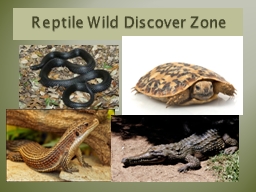


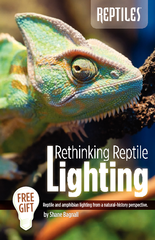
![[re ]discover](https://thumbs.docslides.com/224442/re-discover-557.jpg)
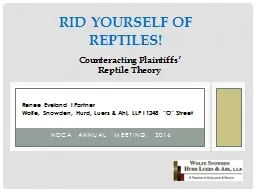

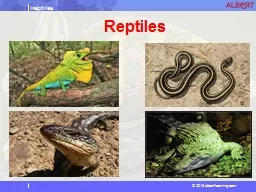

![[re ]discover](https://thumbs.docslides.com/416783/re-discover.jpg)



